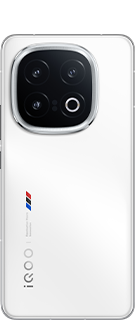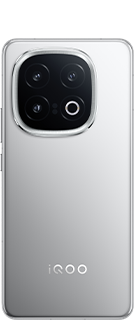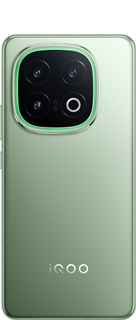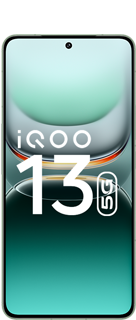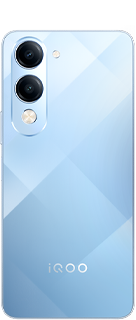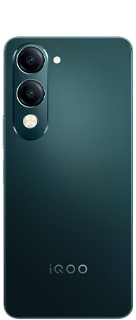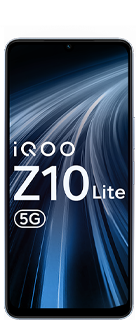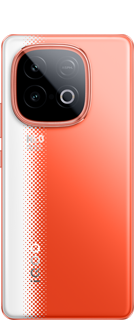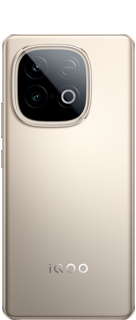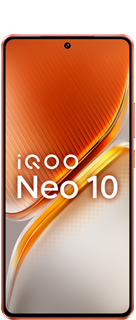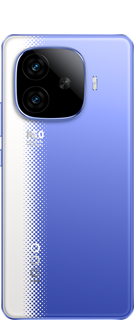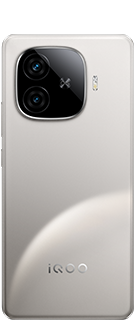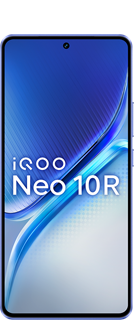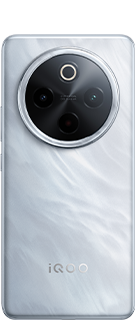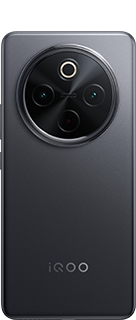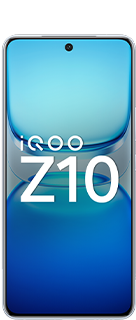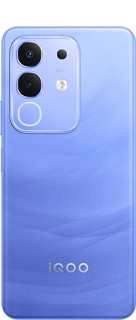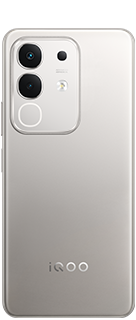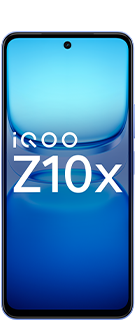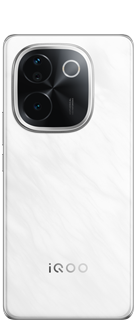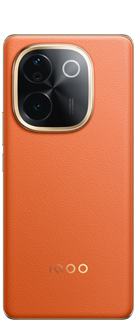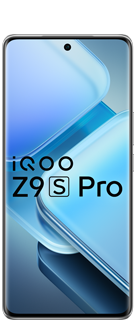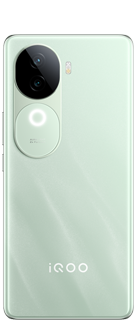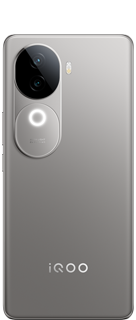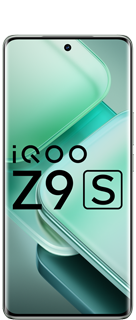Snapdragon 8s Gen 4 vs 8 Gen 3: Benchmark showdown

The Snapdragon 8s Gen 4 is Qualcomm’s latest sub-premium chipset and a successor to last year’s 8s Gen 3, which has been a hit for the brand. Continuing the trend, the Snapdragon 8s Gen 4 is here, with impressive performance on benchmarks, even surpassing the flagship Snapdragon 8 Gen 3 in many tests.It’s not all-win for the Snapdragon 8s Gen 4, though, as the 8 Gen 3 also leads some charts. But how do these two high-end chipsets stack up against each other? Let’s break it down to get a clear picture.
AnTuTu benchmark

In the AnTuTu test, the Snapdragon 8s Gen 4 scores a slightly higher 2,050,881 points, edging out the Snapdragon 8 Gen 3’s 2,027,831 points. The 8s Gen 4 leads in CPU (460,339 vs. 415,769), GPU (852,942 vs. 820,344), and memory (410,236 vs. 399,910).However, the 8 Gen 3 retains a noticeable edge in UX performance, scoring 391,808 compared to the 8s Gen 4’s 327,364, indicating potentially smoother user experience in real-world scenarios like app switching and animations.
Geekbench benchmark

In Geekbench tests, the Snapdragon 8 Gen 3 takes a clear lead in single-core performance, scoring 2,213 versus the Snapdragon 8s Gen 4’s 2,041. This means it may feel slightly snappier in tasks like app launches and UI responsiveness.However, when it comes to multi-core performance, the 8s Gen 4 pulls ahead with a score of 6,833, compared to 6,652 on the 8 Gen 3. This suggests better handling of heavy multitasking and demanding workloads on Snapdragon 8s Gen 4 devices.
CPU, GPU, and NPU

Both chips share the same TSMC’s 4nm node and ARMv9.2-A instruction set but have different core designs and core selections. For instance, the 8s Gen 4 features a 1+7 core design, featuring one Cortex-X4 core clocked at 3.21GHz and seven Cortex-A720 cores with varying clock speeds to achieve reliable performance and stability.On the other hand, the 8 Gen 3 has a 1+5+2 CPU design, with one Cortex-X4 core running at a slightly higher speed (3.3GHz vs 3.21GHz), five Cortex-A720 cores, and two Cortex-A520 cores. The 8s Gen 4 skips Cortex-A520 efficiency cores and uses the Cortex-A720 instead for higher performance.
Coming to GPU, the newly released Snapdragon 8s Gen 4 is equipped with a high-end Adreno 825, which has excellent gaming performance. It even surpasses the Adreno 750 on the Snapdragon 8 Gen 3 on the AnTuTu benchmark, thanks to higher frequency and shading units. Both chips have a full suite of Snapdragon Elite Gaming features and support hardware ray tracing with Global Illumination for enhanced gaming experience.Overall, both have powerful GPUs that can smoothly run high-end games, but the Adreno 825 is narrowly ahead, at least on the benchmarks.While both have a Qualcomm AI Engine with Hexagon NPUs, their capabilities vary. The 8 Gen 3 has better on-device AI capabilities. Additionally, It also supports features like virtual assistant, GPT chatbots, stable diffusion, and more — all performance on-device.
Camera and Imaging

The Snapdragon 8s Gen 3 has 18-bit triple AI ISP with support for 320MP single camera. It supports zero shutter lag (ZSL) at 108MP (single camera) and 36MP (triple cameras). The 8 Gen 3 supports a lower 200MP resolution. With ZSL, the supported camera resolutions are: 108 (single camera), 64MP + 36MP (dual camera), and 36MP + 36MP + 36MP (triple cameras).The 8s Gen 4 supports up to 4K/60fps video recording, but the 8 Gen 3 also supports 8K/30fps. Even the 4K recording on 8 Gen 3 supports 120fps. Both chips come with a range of AI and non-AI features for improvements.Qualcomm says the Spectra AI ISP on the 8s Gen 4 enables real-time semantic segmentation for photos and videos with up to 250 layers. The 8 Gen 3, however, only supports up to 12 layers of real-time semantic segmentation. This means the newer chip can identify more elements in images and videos, resulting in better optimization.The 8 Gen 3 advances in generative AI-powered voice-activated photo and video editing. Additionally, it features HDR photo technology from Dolby, Video Object Eraser, Photo expansion, Truepic photo capture, and Vlogger’s View.
Connectivity

Both Qualcomm chips have integrated 5G modems. However, the Snapdragon 8 Gen 3 has a higher peak download speed of 10Gbps (vs. 4.2Gbps on the 8s Gen 4). Over a Wi-Fi 7 connection, though, both chips deliver the same 5.8Gbps speed.Notably, the 8s Gen 4 supports a newer Bluetooth 6.0 standard versus 5.4 on the other chip, potentially offering more reliable connectivity.
Audio, Display, and Storage

Both chips bring the same audio technology, supporting Qualcomm Aqstic, aptX audio, and Snapdragon Sound technology. There’s absolutely no difference here. The memory and storage, too, have no differences—LPDDR5x at 4.8GHz and UFS 4.0 storage.The display specs differ, though. The 8s Gen 4 supports WQHD+ (also known as 2K) resolution at a 144Hz refresh rate, while the 8 Gen 3 supports a higher 4K Ultra HD resolution at 60Hz. For external display, the maximum screen resolutions are capped at: 4K Ultra HD @ 60Hz (on 8s Gen 4) and 8K @ 30Hz (on 8 Gen 3).
Conclusion

The Snapdragon 8s Gen 4 offers flagship-level performance, even managing to outperform the Snapdragon 8 Gen 3 in several benchmark categories. With a newer core configuration, a beefed-up Adreno 825 GPU, and support for advanced camera features like 250-layer semantic segmentation, it’s clear that Qualcomm has positioned the 8s Gen 4 as a high-performance chip for premium mid-range devices.That said, the Snapdragon 8 Gen 3 still holds its ground with better single-core performance, more capable AI processing, and higher-end features like 8K video recording and faster 5G download speeds. It also supports more advanced generative AI features.If you’re after raw performance, especially for gaming and multitasking, the Snapdragon 8s Gen 4 is a very compelling option. But if your focus is on cutting-edge connectivity, superior AI, and ultra-high-end camera and video features, the Snapdragon 8 Gen 3 still earns its place as a flagship powerhouse.
INFORMATION CREDIT : Google
Follow For More : @TESVIPER10
I QUEST ON AND ON 💛 🖤
Please sign in
Login and share
